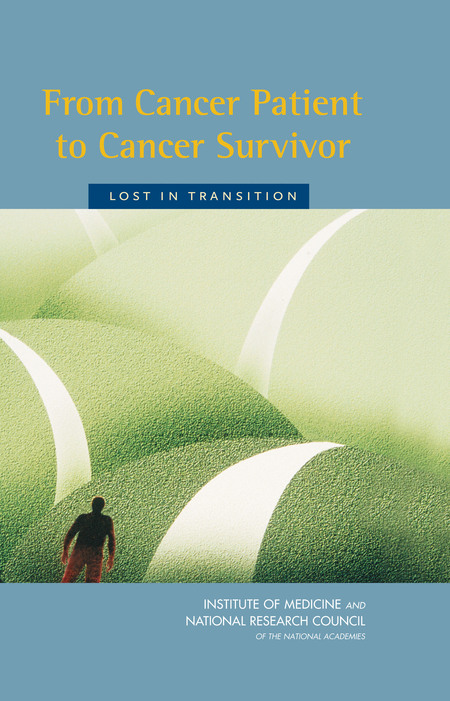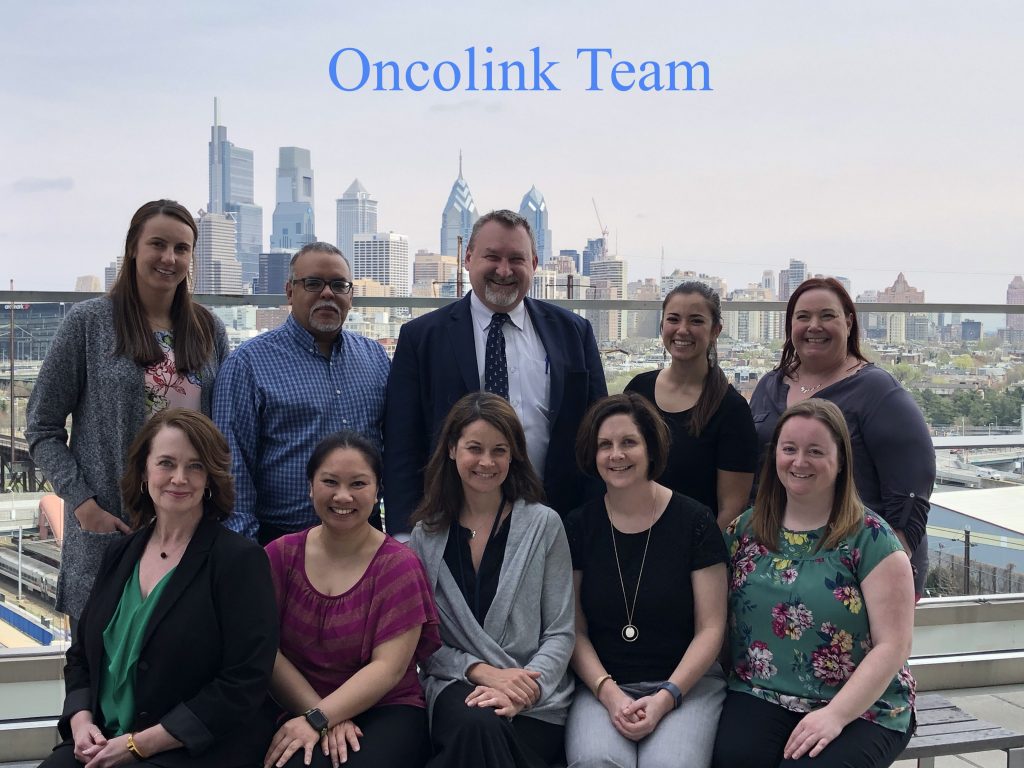In April of 2007, OncoLink launched the OncoLife Survivorship Care Plan, a tool to create care plans for people who have survived cancer. As that tool reaches the milestone of 100,000 care plans created, OncoLink’s Managing Editor, Carolyn Vachani, looks back on the program’s origins.

In 1996, The Institute of Medicine published a report called “From Cancer Patient to Cancer Survivor: Lost in Transition.” This report shined a light on the issues people face after cancer treatment and the lack of support to help them cope with these issues. It was a comprehensive review of the after-effects of cancer treatment; in other words, health problems caused by the treatments themselves. These are often referred to as long-term (lasting years after treatment) or late (occurring months to years after treatment) effects. The report also highlighted the psychological and practical concerns after a diagnosis. It suggested all survivors should receive a treatment summary detailing the treatments they received, and a survivorship care plan that incorporates physical, psychological, and practical after-effects of treatment and how to prevent and/or manage them.
Soon after this report, you would have been hard-pressed to find a conference for oncology professionals that didn’t have one – if not many – sessions on the topic of survivorship. Like it or not, a new buzzword had been created.
I sat in many of those conference sessions hearing about all the pieces of information a survivor should receive and how difficult it was to provide this information. I started to feel that perfection was becoming the enemy of good. There was a lot of information we could provide survivors. Was it perfect, research-based information to cover everything the IOM wished for? Not completely, but from a survivor’s perspective, some helpful information was certainly better than no information at all.
Over at OncoLink, we were receiving emails from survivors wondering if health issues they had could be related to their cancer treatments. The answer was usually yes, but short of visiting a medical library and combing through journals, a patient wouldn’t come across this information easily. Remember, it was the early internet! Often their healthcare providers were unaware of the connection.

This got our little team brainstorming. At the heart of our mission is education, and just like we teach patients about managing nausea or hair loss, we felt compelled to teach survivors about life after cancer. But every treatment had different long-term and late effects. We needed a program to compile information specific to whatever treatment that user had received. It had to be easy to use and accessible to patients, using treatment information a patient would know, then presenting what they needed to know in our usual conversational style. We got to work.
After a year dedicated to researching, writing, and tech building, we had created a program to help survivors learn about long-term and late effects in a survivorship care plan format. The first version of the OncoLife Survivorship Care Plan was launched on April 23, 2007. Our goal was to educate survivors, help them learn about prevention and monitoring for late effects, and most importantly, help them start a conversation with their healthcare providers about late effects. We had no idea where this little-engine-that-could would go, but we were ready for the ride.
Flash forward fourteen years, and this little engine has grown substantially. OncoLife is fast approaching its 100,000th care plan created! This milestone is not lost on this team – so many people getting the education to help them navigate life after cancer is humbling. It pushes us to do more, to think of what is next, how to improve the tool and reach more people. Sadly, 25 years after the IOM report, most survivors still do not receive care plans. But this little engine is going to keep on chugging until they do.

Carolyn Vachani is an oncology advanced practice nurse and the Managing Editor at OncoLink. She has worked in many areas of oncology including BMT, clinical research, radiation therapy, and staff development. She serves as the project leader in the development and maintenance of the OncoLife Survivorship Care Plan and has a strong interest in oncology survivorship care. She enjoys discussing just about any cancer topic, as well as gardening, cooking and, of course, her sons.




